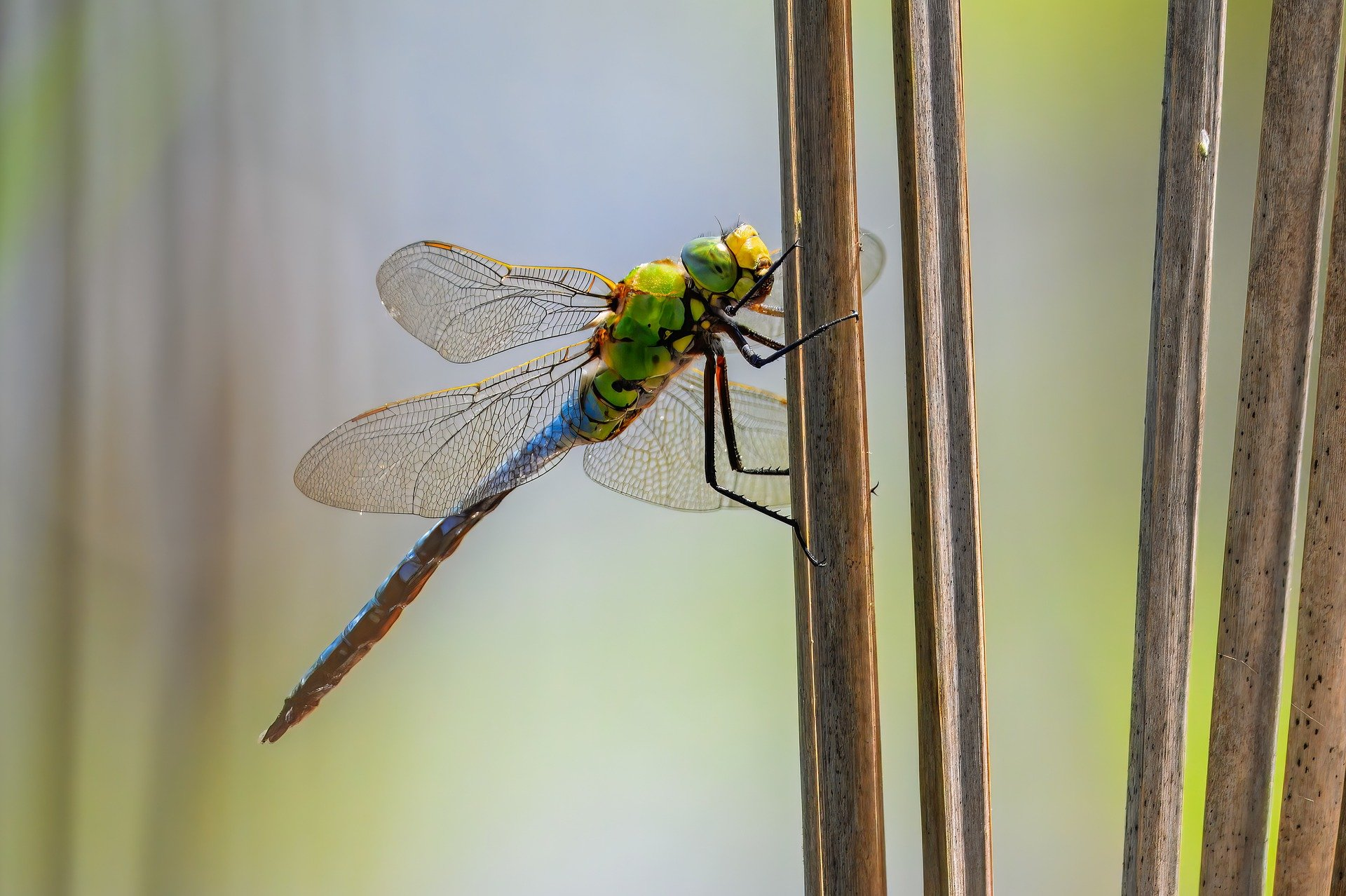Biomimicry means learning from nature. People study how plants, animals, and other living things solve problems. People then use these ideas to solve human problems.
Nature has tested many solutions over a long time. The solutions that work best remain in nature today. Biomimicry helps people make things that are strong, efficient, and good for the environment.
Large-Scale Food Forests
A food forest is environmentally sustainable because it copies the way a natural forest grows. People use biomimicry to design food forests. In a food forest, tall trees grow at the top. Smaller trees, bushes, and plants grow below. Roots and vegetables grow under the ground. Each plant has a place and a job. This system uses space well and helps many kinds of plants live together. People use food forests to bring back forests on a large scale. Food forests help the soil, keep water in the ground, and give food to people and animals. Biomimicry makes these forests stronger and more stable.
Biomimicry and High-Risk Species
Sometimes, people plant bamboo or Paulownia trees or other fast-growing trees. These trees can help take in more carbon from the air, and their wood can replace illegal timber. Paulownia trees grow quickly and can bring big rewards. Veneer logs grow in as few as eight years.
But these trees can also spread too fast and harm native plants. If people do not plan well, Paulownia trees may become invasive. Invasive species can take over and destroy new forests and ecological systems.
Biomimicry becomes very important in these cases. People must look at how natural forests control which plants grow. In nature, many types of plants and trees live together. They compete for light, water, and space.
This balance stops one species from taking over. People can use this idea. They can plant many kinds of trees and plants together. This makes it harder for one species, like Paulownia, to become a problem.
Why This Matters in Reforestation
The practice of biomimicry helps people build forests that last. Biomimicry helps people choose the right mix of plants. The practice helps people plan where to put each plant. When used effectively, biomimicry helps people protect the new forest from invasive species and other natural challenges.
When people follow nature’s ways, new forests can grow strong. These forests can support many kinds of life. They can also give people food, wood, and other resources in a safe way.
Understanding biomimicry in practical application means copying nature and its best ideas. In reforestation, it helps people build food forests that work like natural forests.
It also helps people avoid problems with fast-growing or risky species. By learning from nature, people can create forests that are healthy, diverse, and useful for everyone.

